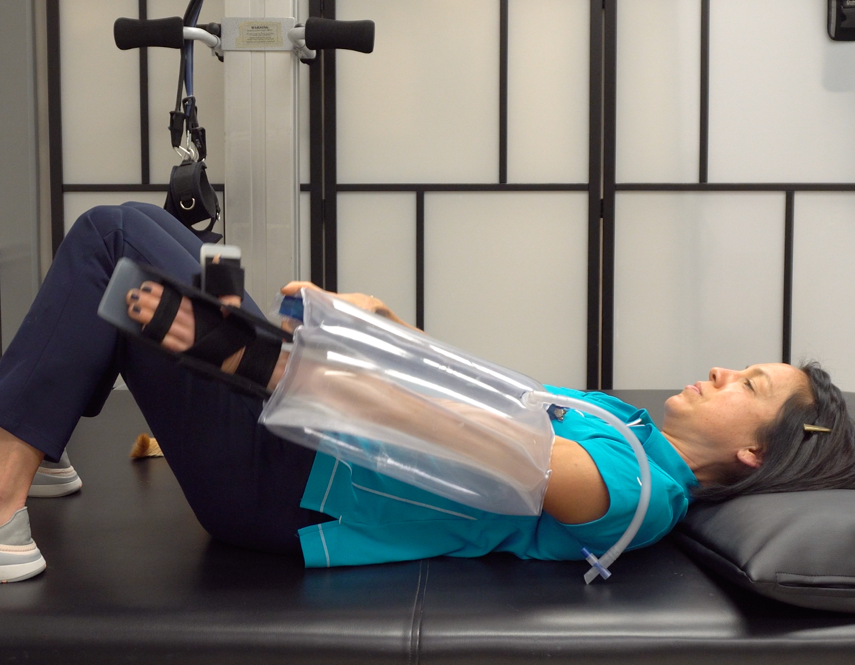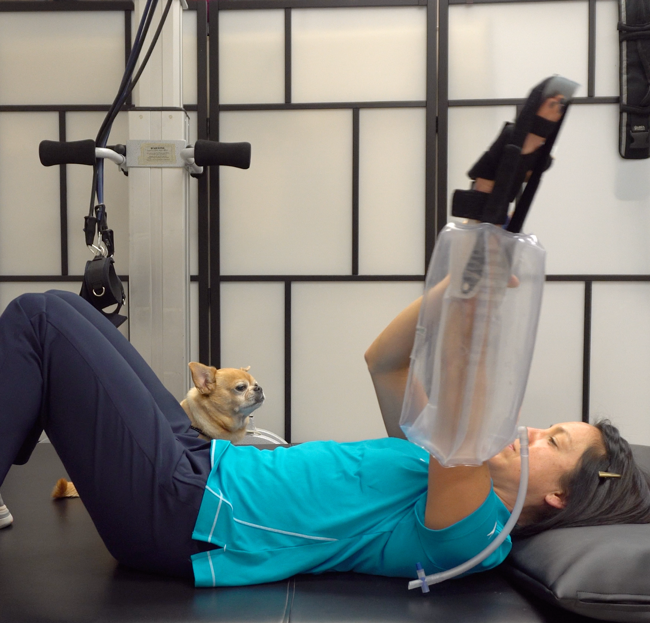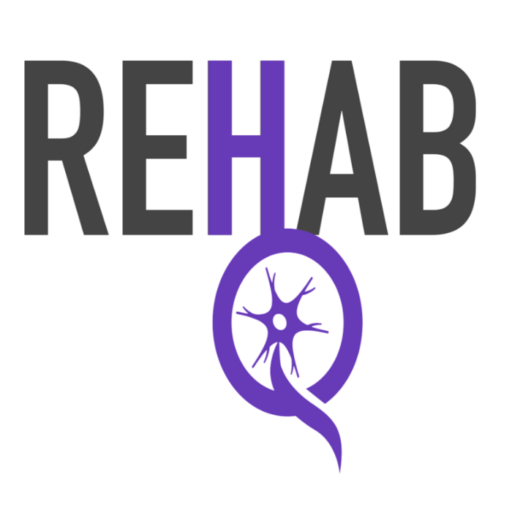Spasticity is an involuntary muscle contraction due to damage to the brain or spinal cord. This can cause muscle stiffness and pain. Additionally, involuntary muscle contractions cause the body to move in ways that feel out of one’s control. This is turn can create problems when attempting movement retraining exercises. As “murphy’s law” would suggest, when you want to do one movement, the exact opposite movement happens. Beyond that, the harder someone try’s to do the “desired movement” the stronger the involuntary movement becomes. Ugh…..I know, good ‘ole murphy strikes again. So, is it possible to relearn voluntary movement when there is all this involuntary movement? If so, is it necessary to work on movement when spasticity is present?
Spasticity
Spasticity is an involuntary, velocity dependent muscle contraction due to a hyperexcitable stretch reflex. It is a condition that can happen after damage to the brain or the spinal cord. “Velocity dependent” means that the faster the muscle is lengthened, the stronger the involuntary contraction. A good example of this is when you go to the doctor and he taps your leg right below the knee and the leg jerks out. He or she is testing your “stretch reflex”. The “tap” quickly stretches the tendon attached to the muscle that straightens the leg (quadriceps tendon) and the body responds with an involuntary muscle contraction. In a healthy brain there is an “inhibitory” system to stop this from happening in every day life. However, after a stroke or brain injury this “inhibitory” system becomes impaired. The result? Involuntary muscle contractions at the most inopportune times.
What does spasticity feel like?
Spasticity feels like muscle stiffness. In more severe cases it can feel like your arm or leg have a mind of their own and move without any rhyme or reason.
What makes spasticity better?
There is no “cure” for spasticity but there are some ways to decrease the severity of the “involuntary muscle contractions. First, stretching will lengthen the muscle and make it hard to elicit the “quick stretch”. Second, restoring the bodies connection with the brain has also been shown to decrease the severity of spasticity.
This second point leads to a critical component of neurologic rehabilitation, movement retraining.
Movement retraining when dealing with spasticity
To date, neuroplasticity is the only mechanism that modern medicine uses to articulate the brain healing that goes on after damage to the brain or spinal cord. Neuroplasticity is how the brain builds new nerve connections in lieu of damaged nerves. Building new nerve connections is absolutely essential to relearn the skills that were lost.
We know for certain that this is possible and occurs throughout life. So, before you even think it, yes, you can have positive brain changes months, and even years after the damage has occurred. That being said, the most ideal time frame is the first 18 months following the injury.
With that being said, take as long as you need to get the motivation to start putting in the hard work, but do NOT take longer than you have to. Time is of the essence.
But now, back to the original question…..”Should I focus on movement retrainingn or spasticity first?”
The answer is slightly complicated but…..both.
Neuroplasticity Requires Movement Retraining
It is imperative to create “experiences” that will force the brain to create new nerve connections. Beyond that, new nerve connections is one way to decrease the severity of spasticity.
Movement Retraining Requires Proper Spasticity Management
When spasticity is not well managed (combination of daily stretching, botox, weightbearing..etc) the arms and legs are harder to move. If a movement is perceived as “too difficult” for the brain, it is harder for the brain to create new neural connections around the desired movement. Beyond that, if spasticity is not managed properly, eventually this leads to permanent muscle shortening which add another barrier to movement retraining.
How do you perform movement retraining exercises if you have spasticity?
So, now you know that spasticity could be causing your body to do strange things. More than that, (for some of you) the involuntary contractions are worse when you are trying to do therapy. Ugh……BUT……hopefully you also now know why therapy, more specifically movement retraining is so important!!
How do you facilitate neuroplasticity (positive brain changes) while dealing with spasticity?
Block the involuntary (or unwanted movements)
The most common area where spasticity is a problem and interferes with movement retraining is the elbow. Specifically the arm wanting to bend. Blocking the unwanted or involuntary movements will help to isolated the desired movements. One tool that I absolutely love is the urias air splint. It is an air filled rehab tool that provides deep pressure to the arm as well as keeping the arm straight. Deep pressure is one way to “quiet down” spastic muscles. This allow someone to focus on isolating shoulder movement.


To see more recommendation on movement retraining with dealing with spasticity:


Are the splints for the elbow and fingers to wear only while exercising and stretching or as much as possible?
Thank you for your YouTube videos and this website. I am a caregiver and I have learned so much from you that we are not getting from on going PT appointments. Your work is very much appreciated!